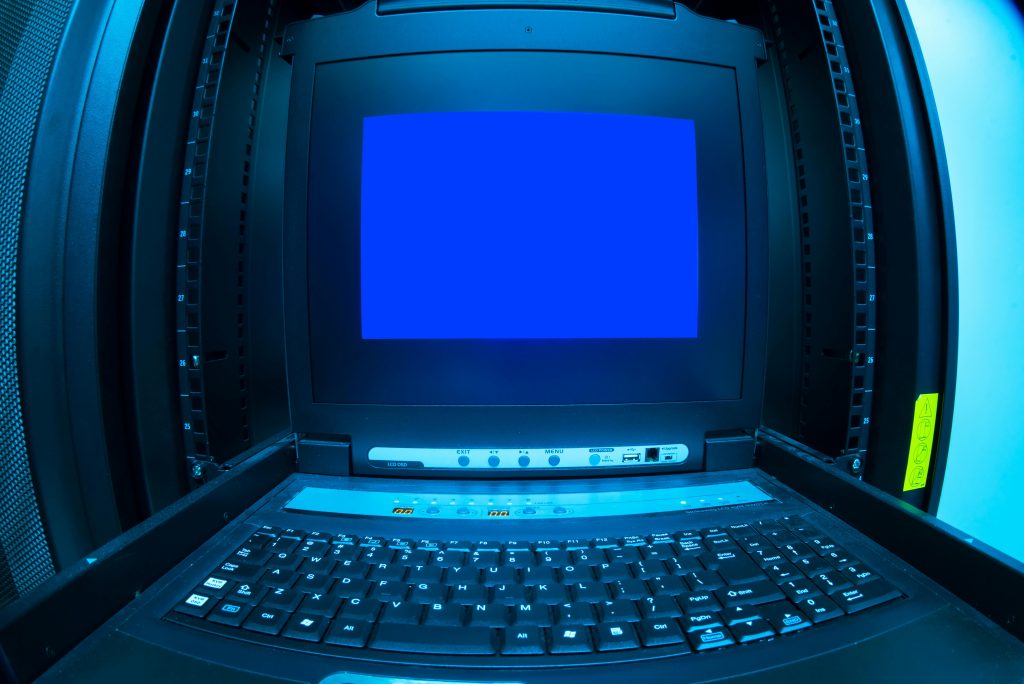Troubleshooting SSD Boot Issues: What To Do When Your Drive is Recognized but Won’t Boot
If you’ve recently encountered a situation where your SSD is acknowledged by your BIOS yet fails to boot, you’re not alone. This commonly happens when moving a drive from one system to another, and while it can be frustrating, there are ways to address the issue. Let’s explore the potential causes and solutions.
Understanding the Situation
In this instance, the SSD in question is a Crucial MX500 1TB, previously used in a different setup where Windows was already installed. The motherboard being utilized is the Asus TUF X570 Plus, specifically running BIOS version 1405.
Recognizing the Symptoms
While the BIOS successfully detects the SSD, the drive does not function as a boot device. This discrepancy often indicates that the operating system on the SSD is not compatible with the new hardware, or there may be specific settings within the BIOS that need adjustment.
Possible Causes of the Boot Failure
-
Hardware Compatibility: The operating system installed on the SSD may not support the new motherboard’s architecture, particularly if the drivers for the new configuration are not present.
-
Boot Order Settings: It’s crucial to ensure that the SSD is prioritized in the boot order. Sometimes, even when detected, other drives might take precedence.
-
UEFI Settings: Depending on your BIOS configuration, it’s important to check whether you are using UEFI or Legacy mode. Windows installations can behave differently under these settings, and mismatches can prevent booting.
-
Corrupted Installation: If the operating system installation on the SSD is corrupted or incomplete, it will fail to boot, even if the BIOS recognizes the drive.
Steps to Troubleshoot
To resolve the issue, try the following steps:
-
Check Boot Priority: Reboot your system and enter the BIOS settings. Navigate to the boot menu and verify that your SSD is set as the first boot device.
-
Examine UEFI/Legacy Settings: In the BIOS, look for Boot Mode settings – switch between UEFI and Legacy to see if this resolves the problem.
-
Secure Boot Feature: If Secure Boot is enabled, consider disabling it temporarily to see if it has any effect on your ability to boot from the SSD.
-
Clean Installation of Windows: If you’re planning to perform a fresh installation of Windows, you may want to back up any important data
Share this content:



